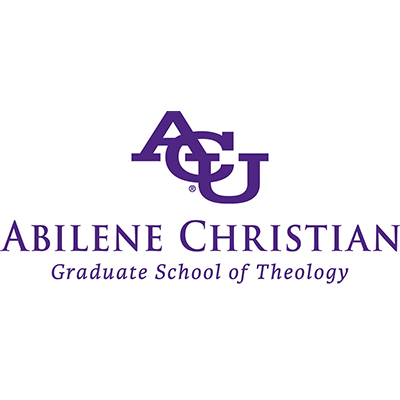One of the greatest truths about human existence is that it is painful. Not always, not to the same degree for all, not always pointlessly. But to live is to experience pain. Despite our culture’s almost pathological fear of pain and the extraordinary lengths to which we go to avoid, or at least hide it, it is real. And it is part of us.
The question is, what do we do about it? The Psalms speak often of human pain, drawing God’s attention to it artfully and persistently. Thus Psalm 25, to take only the latest example, squeezes the experiences of alienation and emotional suffering into the mold of art by surfacing the human longing for God’s deliverance.
Take the art first, and then the pain. The psalm is an acrostic, with each verse starting with a successive letter of the Hebrew alphabet. This artistic form might seem to us a pedestrian one, perhaps because we have only seen it used in bad sermons and puzzles for elementary school children. However, Hebrew poetry uses it often with extraordinary skill (for example, Psalms 34, 37, 111, 112, 119, 145; Lamentations 1, 2, 3, 4). It was also used in Mesopotamian poetry at times. The idea is to see how beautifully the poetry can flow even within such a straitjacket. Such poetic craftsmanship allows the raw emotions expressed in these words not so much to be tamed as to be made available to ever new audiences. There are a few glitches in the transmitted Hebrew text, with the waw verse (v. 5b) being two short, the qoph verse gone missing, and the resh verse duplicated (vv. 18 and 19), or rather probably being conflated from two different versions of the psalm. But no matter: we can still make sense of the psalm.
What are the emotions? Some are of pain, and some of joy. The psalmist contrasts shame and humiliation (vv. 2 and 19), which come from contact with human beings, to self-awareness, moral and spiritual enlightenment, and belonging, which come from God. He or she asks God to remove youthful sins (v. 7). But much more significant is the psalmist’s trust in God as the source of such forgiveness, as well as a whole series of corollaries. These include the defense of the poor (v. 9), and divine protection of the righteous (all the language about steadfast love and faithfulness). There is also a vision of a new person characterized by the diligent pursuit of virtue (v. 12) and repentance (v. 18). Thus the psalmist moves from a sense of disgrace to a new social location of belonging and trust.
One form of pain is shame, a sense of failure of some sort. While the complete absence of shame would produce a society of criminal sociopaths, its over-functioning leads to a the break down of social connections too. By giving up the pain of shame and surrendering it to God, the only accurate judge of human behavior and thus the only trustworthy guide to whether or not we are who we need to be, the psalmist moves from pain to promise. It’s a resolution worth celebrating during this season of the year.
